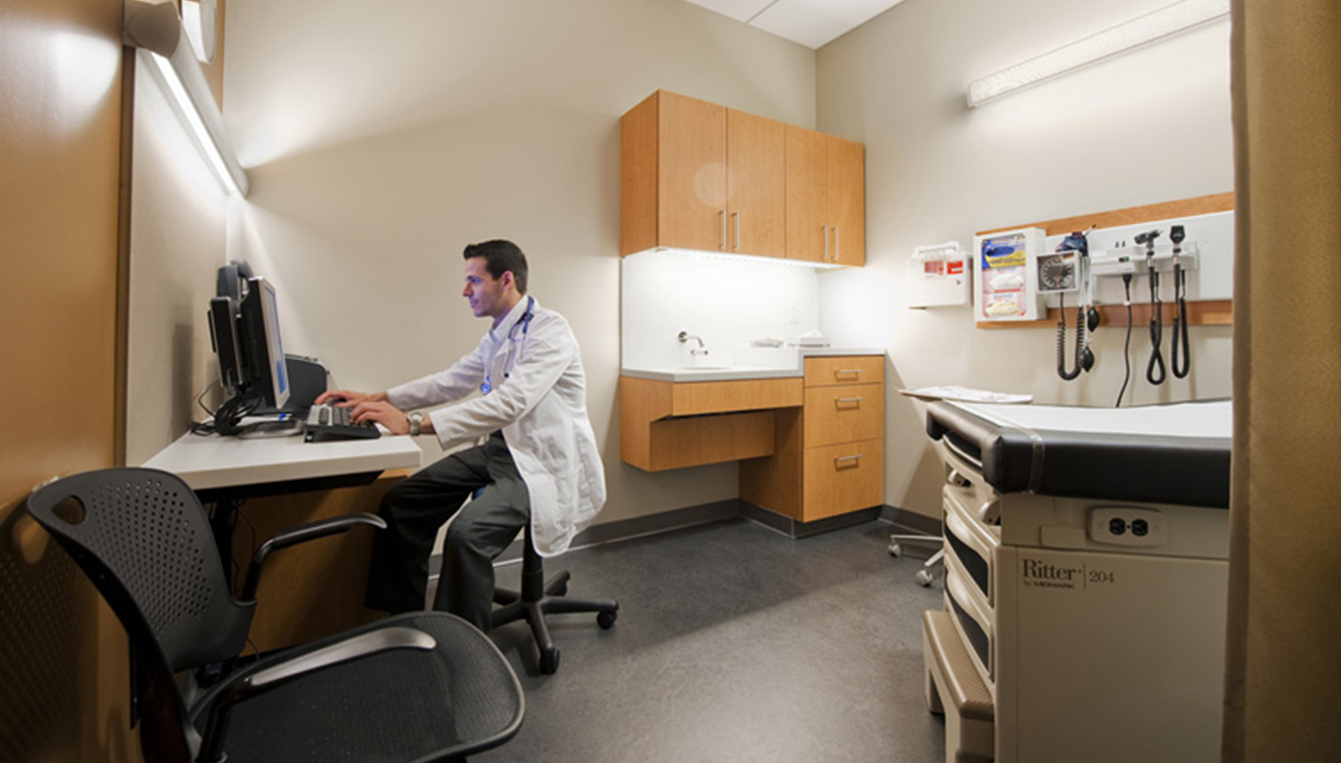Benjamin Davenny
Healthcare | Market Leader
Principal

You know how sometimes when someone’s on speakerphone at the other end of your phone call and it sounds like they’re in a cave? Or when it’s hard to hear someone on speakerphone over the background noise? Now, imagine that you’re experiencing these problems while you’re trying to talk to your doctor. Virtual doctor visits over videoconferencing, also known as telemedicine, may become more commonplace, to accommodate busy patient schedules, to maximize the geographic reach of physicians, and to manage healthcare costs.
You may have noticed that it’s easier to understand someone if you’re in the same room with them than when you call into that same room and talk to them on speakerphone. This is because your hearing has a major advantage over microphones used in teleconferencing: two ears and a head in between. Because you have two ears that are spaced apart and a head that blocks some sounds from getting from one side of your head to the other, many sounds arrive at your two ears at different times and with different sound levels. The differences in the sounds at your ears gives you clues on where the sounds are coming from. The ridges and valleys in your outer ears also give you clues on the sound direction.
Your ability to hear the direction of sounds is important because the speech that you are trying to understand arrives at your ears from a different direction and at different times than the reverberant reflections from room surfaces and the background sound from the HVAC system. These direction and timing cues help you to follow the speech and ignore the reverberation and background noise.
When you are on the other end of the telemedicine call, you are hearing all of the sounds from the remote room (direct speech sound, reverberation, background noise) collected by a microphone and all sent through a loudspeaker on your end, and you have no direction cues to pay attention to the speech and ignore the rest.
To make the telemedicine signal as clear as possible in the absence of these direction cues, you need to use one or more of these approaches:
Consider these factors if you are using telemedicine or planning telemedicine facilities. Good sound will enable a better and more effective telemedicine experience.